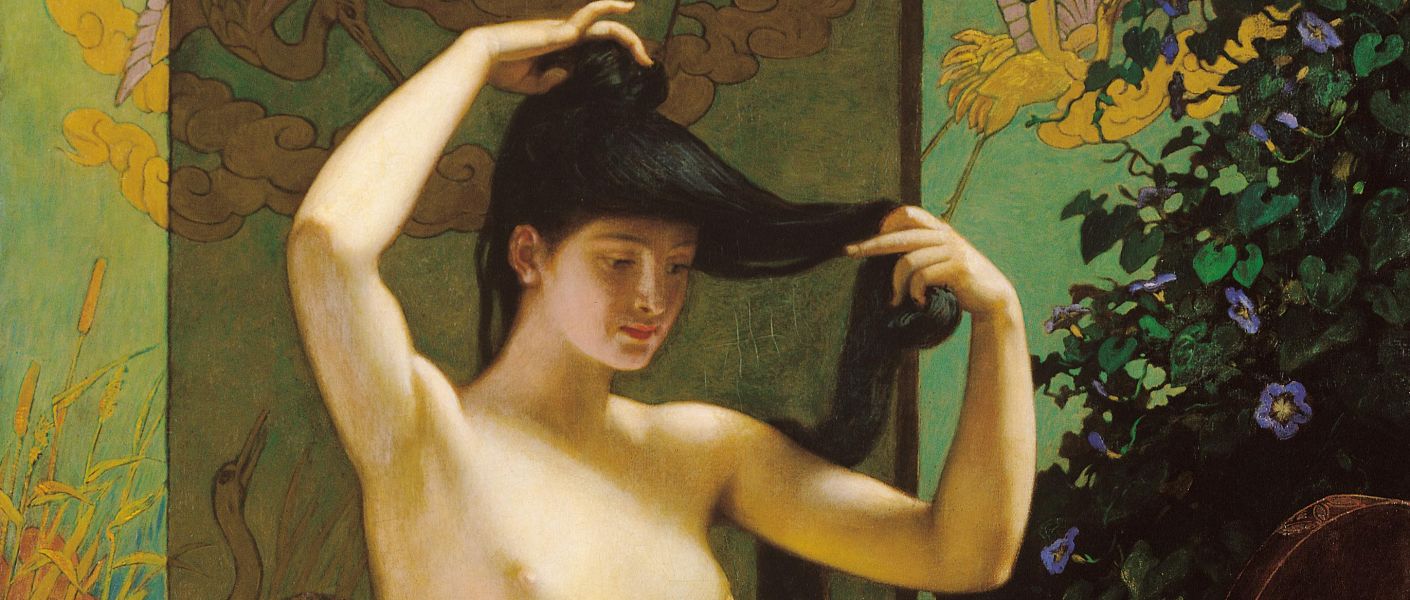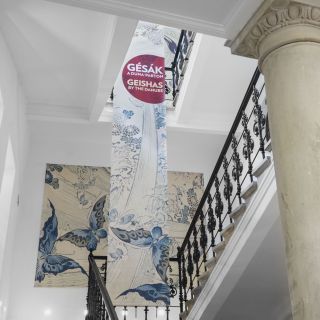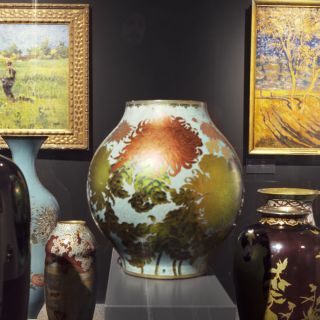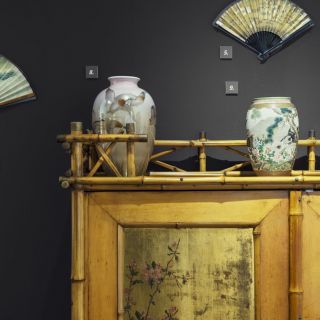Geishas by the Danube. The influence of Japanese culture on Hungarian art
The Kovács Gábor Art Foundation and the Ferenc Hopp Museum of Asiatic Arts present the first exhibition in Hungary that looks at the influence of Japanese culture on Hungarian art, with a selection of artworks from the turn of the 19th and 20th centuries. The Museum of Applied Arts – Hungarian National Gallery and the Museum of Applied Arts are cooperating partners of the exhibition.
Japan’s self-chosen isolation, which had lasted for two centuries, ended in 1853 with the arrival of Commodore Matthew C. Perry’s squadron. With several of the island country’s ports opened for international trade, from the early 1850s Japanese artworks started to be exported to Europe on a large scale, and the first Western collections of Japanese art came into being.
The keen interest in Japan that marked the Western countries and Hungary from the middle of the 19th century, was called, along with the works of art that were inspired by Japanese art, “Japonism.” The period’s fashionable ceramics were decorated with Japanese figures and motifs, the stages featured Madame Butterflies, and no gentlewoman’s wardrobe would have been complete without a kimono. “Geisha” was one of the first Japanese words to enter the Hungarian language, which is why it appears in the title of this exhibition of Japonism in Hungary.
Japonism is one of the most exciting examples of intercultural influences. It was a case of embracing a foreign culture, rejuvenating thereby traditional or outdated forms and outlooks.





